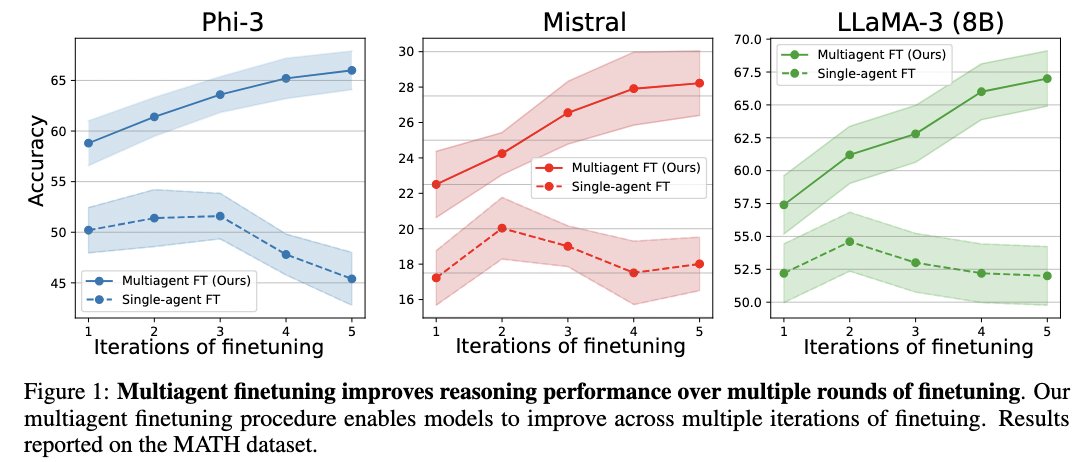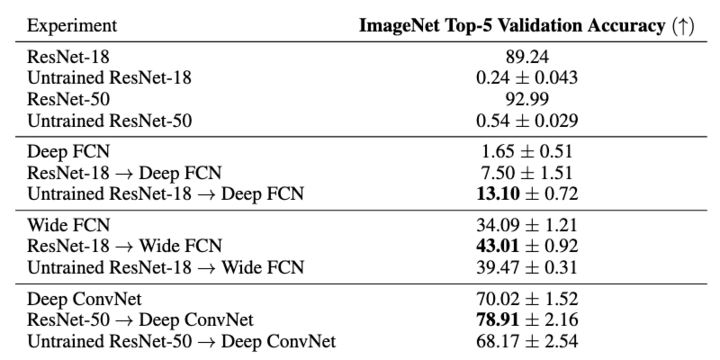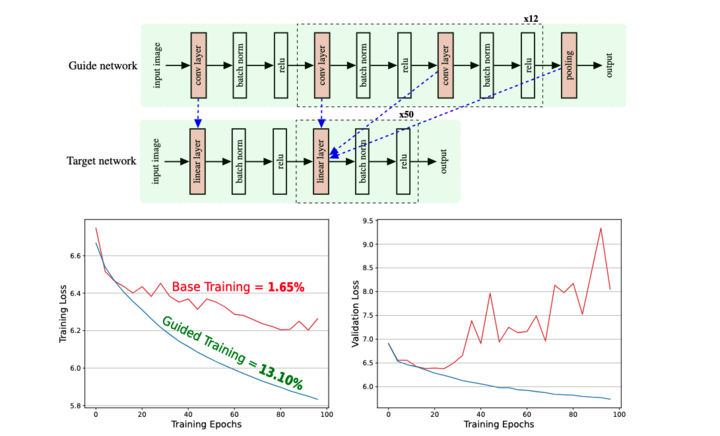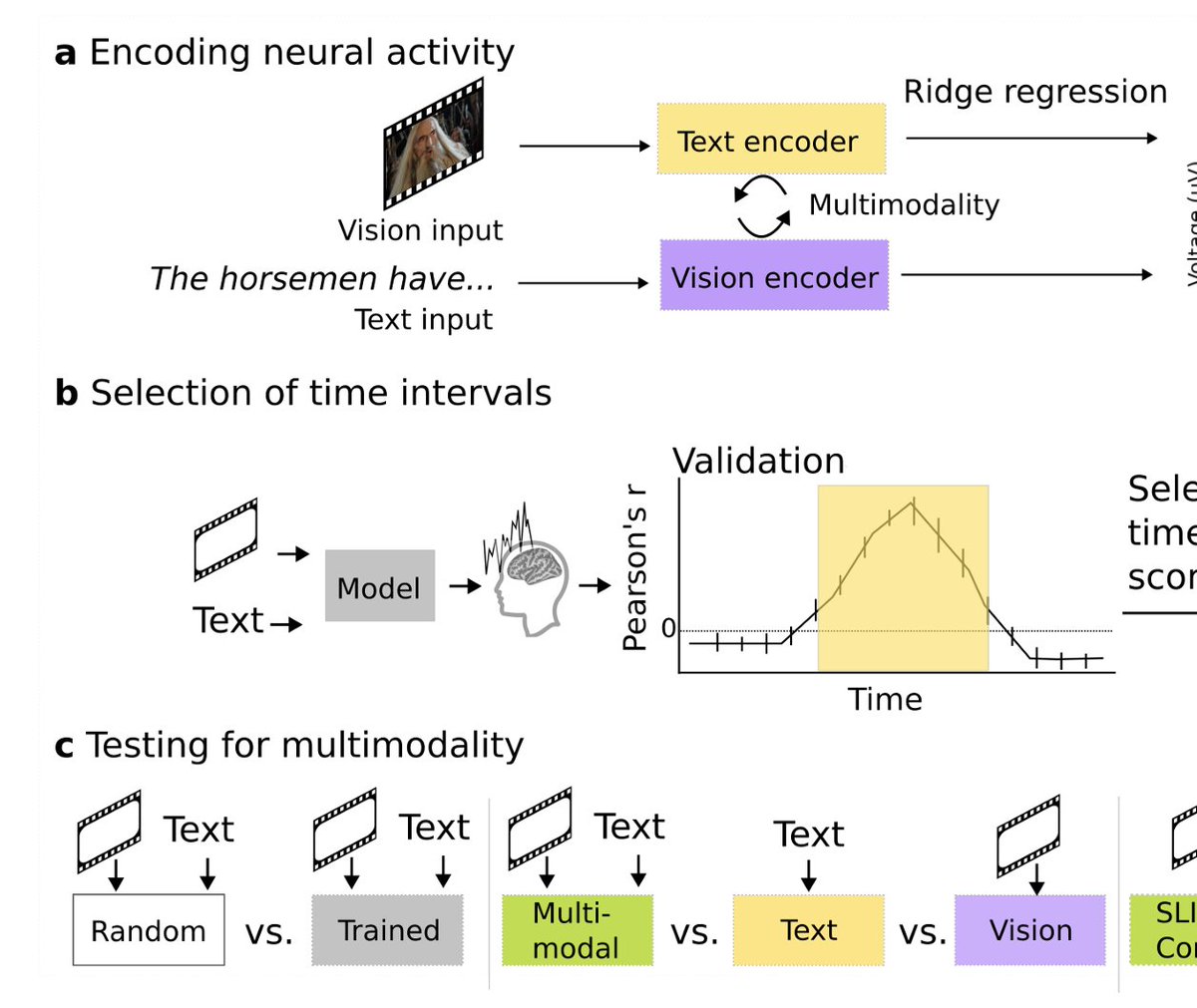
Vighnesh Subramaniam
@su1001v
Followers
72
Following
62
Media
4
Statuses
15
PhD student @ MIT EECS + @MIT_CSAIL https://t.co/UDgL88atg9
Joined January 2024
New paper💡!. Certain networks can't perform certain tasks due to lacking the right prior 😢. Can we make these untrainable networks trainable 🤔? We can, by introducing the prior through representational alignment with a trainable network! This approach is called guidance. (1/8)
1
3
8
Check out our new #ICLR2025 oral paper! Congrats to the team and in particular, to the first authors, @czlwang and @GeelingC!.
🎉Excited to share: My first ML conference paper, Population Transformer 🧠, is an Oral at #ICLR2025! This work has truly evolved since its first appearance as a workshop paper last year. So thankful to have worked with the best advisors + collaborators! 🤗 More soon!.
1
0
5
Check out our new work for self-improvement of LLMs! . This work uses a multi-agent set up that not only improves performance but preserves diversity over iterations of finetuning. Website: Paper:
arxiv.org
Large language models (LLMs) have achieved remarkable performance in recent years but are fundamentally limited by the underlying training data. To improve models beyond the training data, recent...
Introducing multi-agent self-improvement with LLMs!. Instead of self improving a single LLM, we self-improve a population of LLMs initialized from a base model. This enables consistent self-improvement over multiple rounds.
0
0
7
RT @_abarbu_: Interested in large-scale neuroscience of language and multimodal representations? We have the dataset for you, the Brain Tre….
arxiv.org
We create a reusable Transformer, BrainBERT, for intracranial recordings bringing modern representation learning approaches to neuroscience. Much like in NLP and speech recognition, this...
0
2
0
Work done with amazing collaborators @DavidMa53462349, Colin Conwell, Tommy Poggio, Boris Katz, @thisismyhat, and @_abarbu_. Paper: Website: Code: (8/8).
0
0
0
Check out our new paper on localizing and characterizing vision-language integration in the brain, now in ICML 2024!. Paper: Project Page: Dataset: Code:
github.com
Contribute to vsubramaniam851/brain-multimodal development by creating an account on GitHub.
Revealing Vision-Language Integration in the Brain with Multimodal Networks. Subramaniam et al, ICML 2024. Download the article here:
0
0
1









